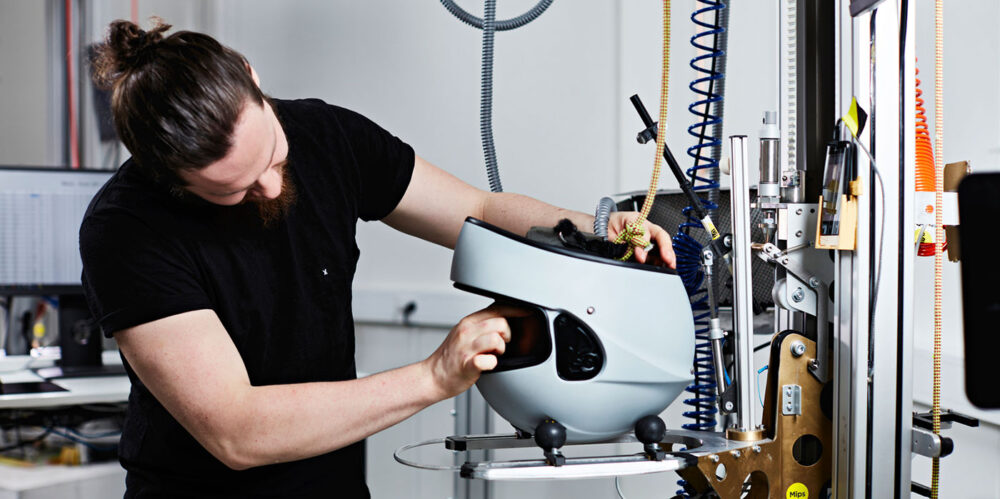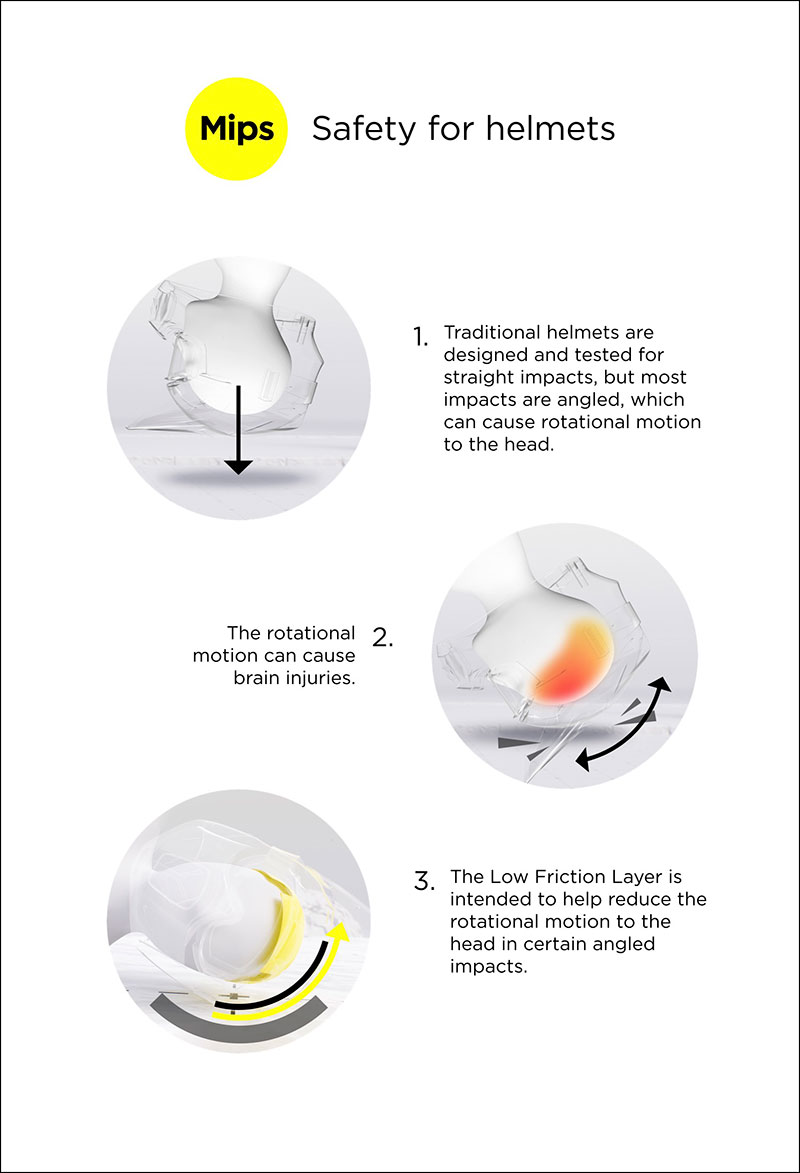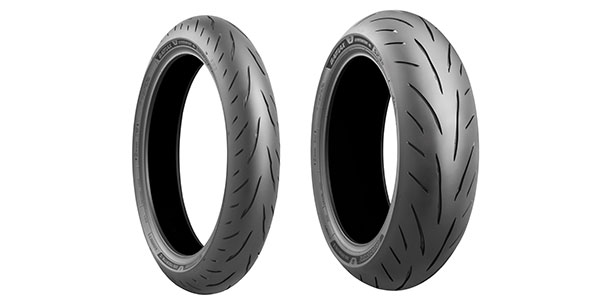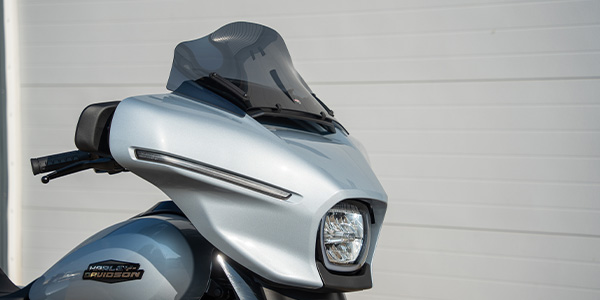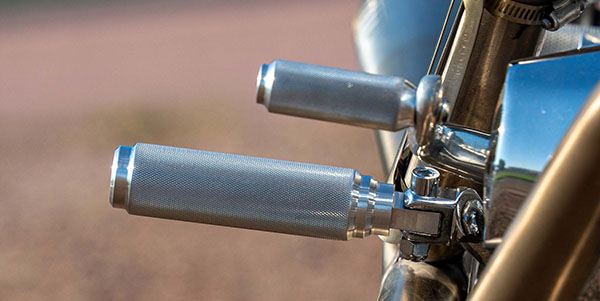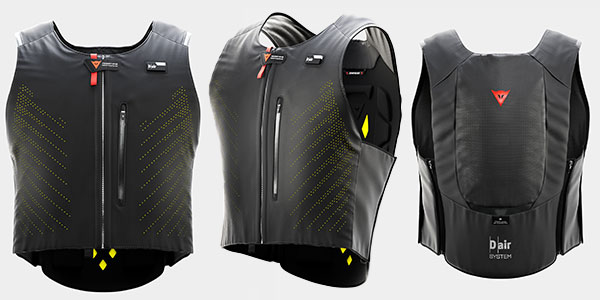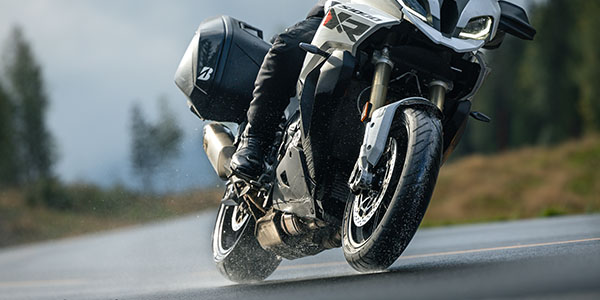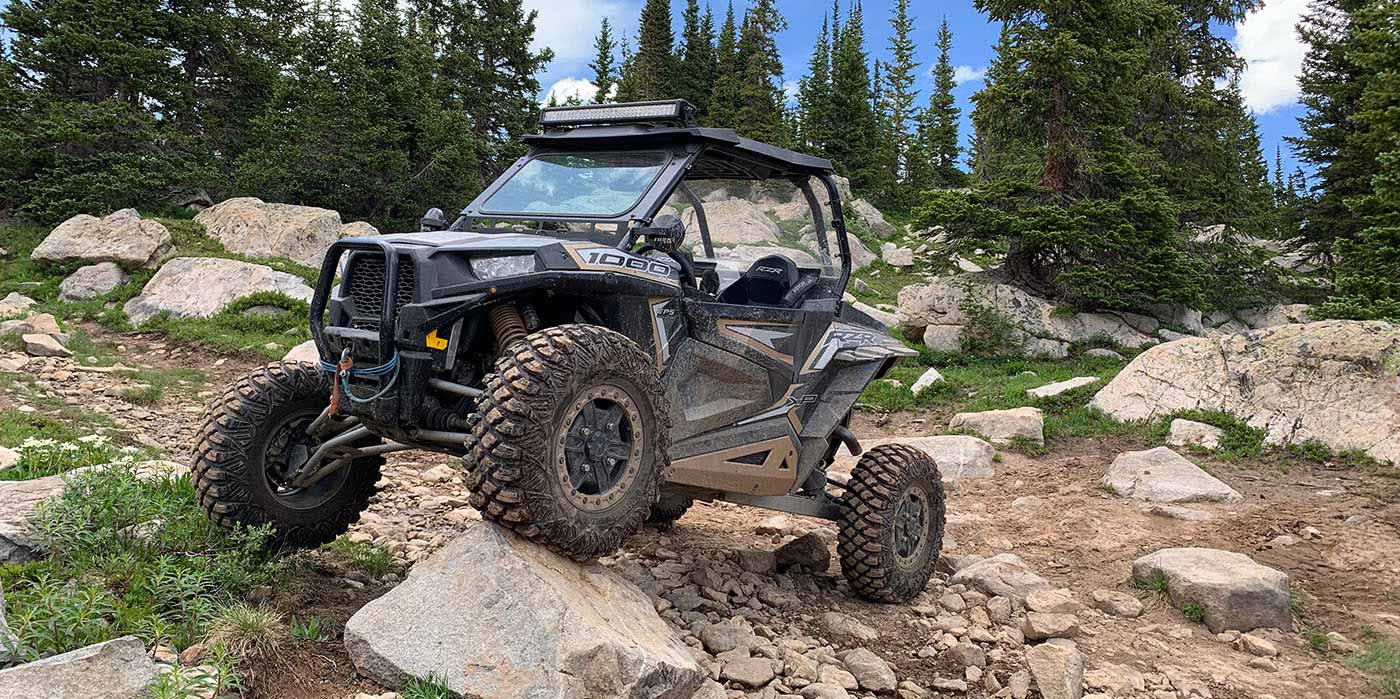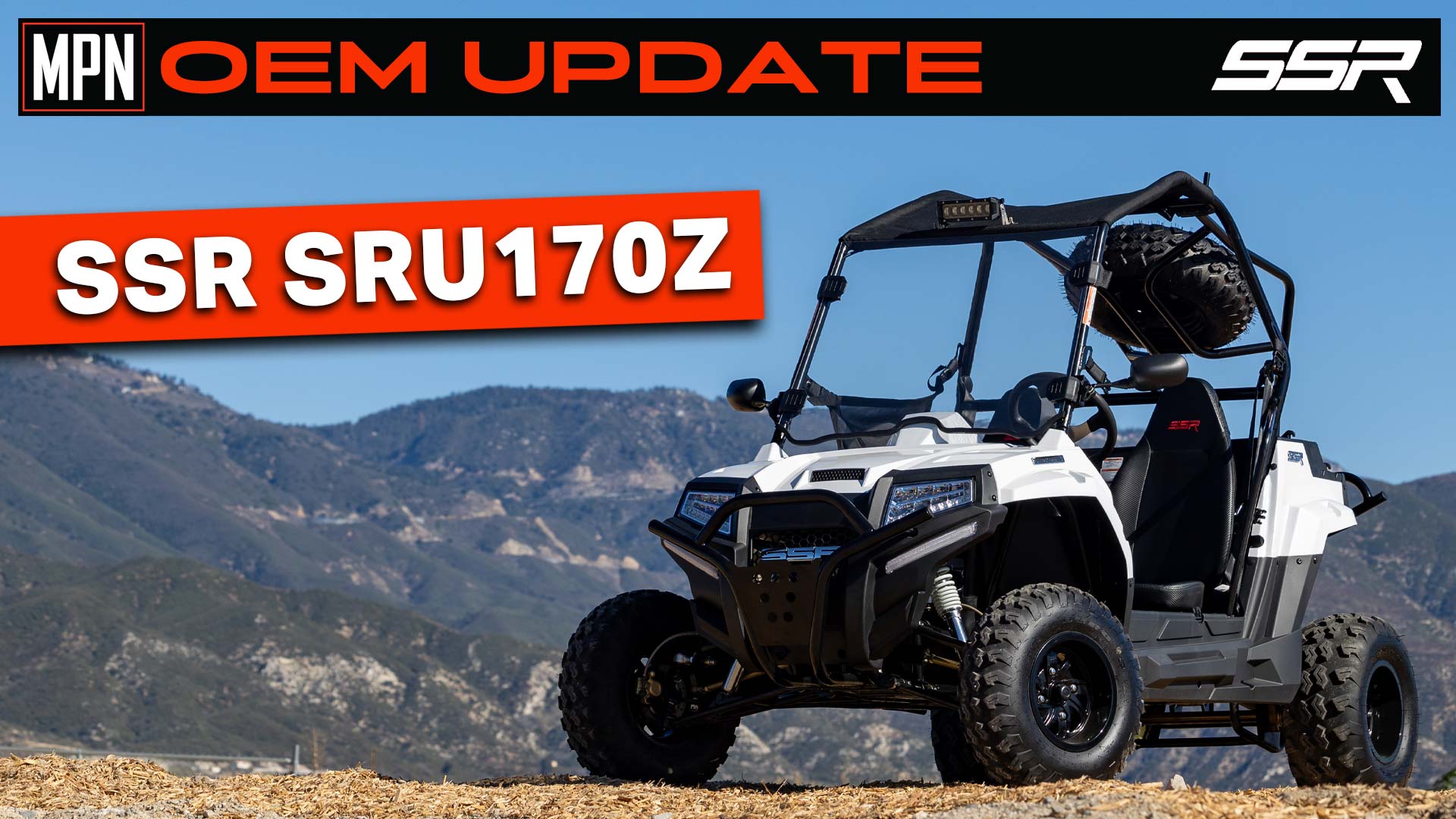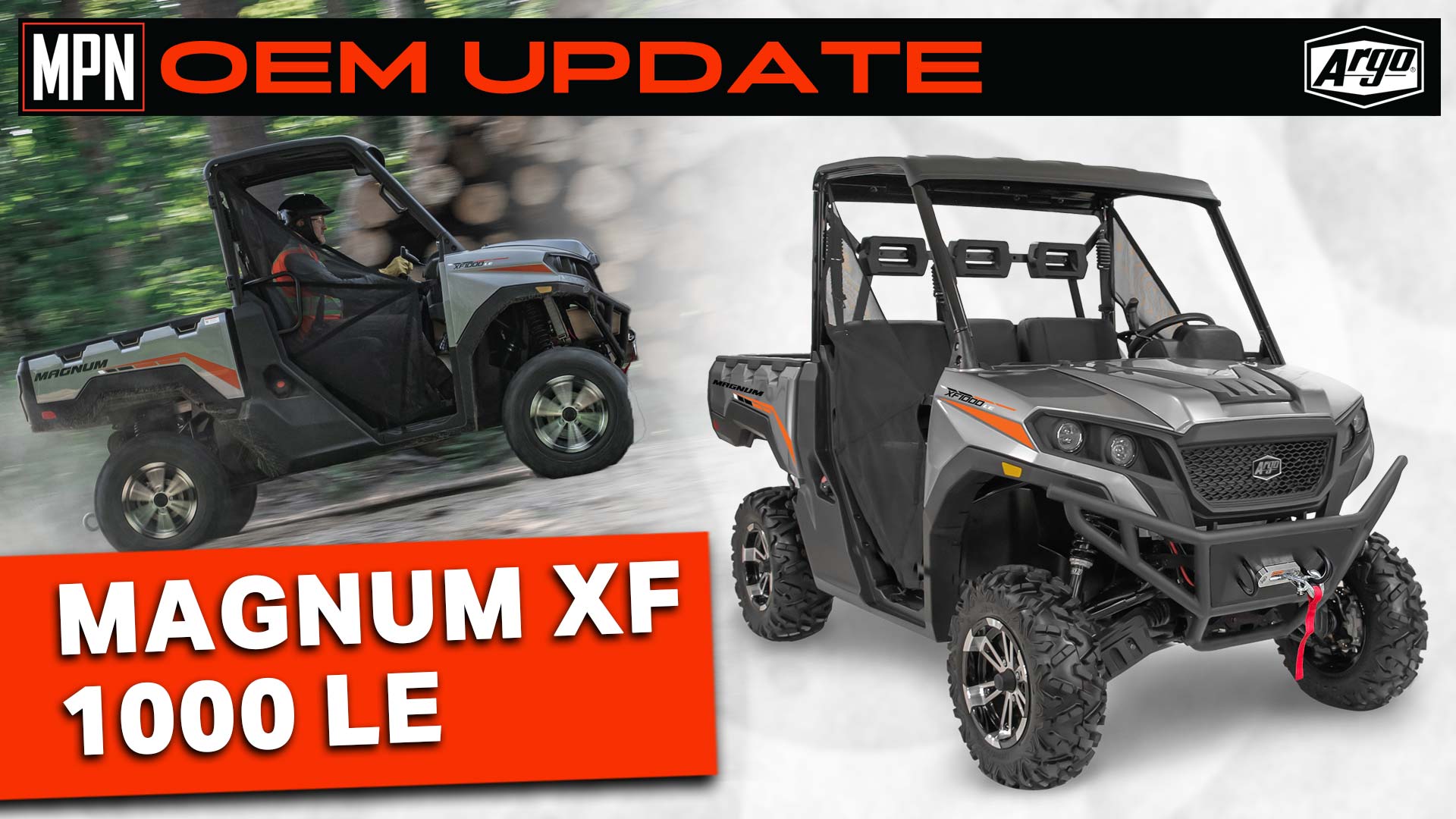May is upon us, and riding season is in full swing. As enthusiasts’ attention shifts towards getting out on the country’s roads, highways and tracks, this emergence from the quiet winter appropriately coincides with Motorcycle Safety Awareness Month. This annual engagement is spearheaded by the National Highway Traffic Safety Administration (NHTSA), continually urging motorists about the importance of being aware of their two-wheeled companions.
While Motorcycle Safety Awareness Month takes care to bring awareness to auto drivers, the focal point for motorcyclists is the vital importance for riders to ensure they’re properly invested in the aspects of riding they can control. That begins with the choice of safety equipment, specifically the helmet.
The harsh reality of the open road is that more than 82,000 motorcyclists are estimated to be injured in traffic crashes each year (as of 2021, according to the NHTSA1) and are disproportionately overrepresented in research involving traffic crashes and fatalities. Even more concerning, those figures continue to grow each year and are bolstered by the fact that only 66.5% of helmets in use (as of 2022, according to the NHTSA2) are in compliance with federally regulated testing standards. This figure encompasses all states, even though only 18 states require all motorcyclists to wear a helmet and an additional 29 have laws based on age. Shockingly, three states have yet to adopt any sort of helmet law. The numbers do not lie, and while no helmet, nor any other form of protection, can fully prevent injury, a helmet that not only meets the newest testing standards but is also equipped with technology with the intention to surpass those standards could be a difference maker in the event of a crash.
Related: Revolutionizing Motorcycle Safety: Enhancing Auditory Perception in Helmets
While these technologies, such as the Mips safety system, have been focused on an increase in protection for many years, helmet protection standards on a global scale took a recent step forward with the introduction of ECE 22.06, an updated testing standard for helmets manufactured in the European Union that now also addresses rotational motion. This is a first for any of the testing standards currently in the marketplace, such as the U.S.-based DOT and Snell standards, and is significant in terms of bringing attention to the rotational motion that serves as the primary cause of traumatic brain injuries, or TBI. Until ECE 22.06, helmets were required only to provide a specific level of protection for linear impacts. Unfortunately, the vast majority of motorcycle crashes result in oblique impacts, during which rotational motion can place dangerous levels of stress on the brain and can shear the delicate tissues of our most vital organ system. This can lead to different types of TBI that many are familiar with, like concussions, or severe TBI, which can be life-threatening.
With the implementation of ECE 22.06, helmet manufacturers will be required to offer a baseline level of rotational protection. While ECE-approved models will undoubtedly be available for consumers domestically, the standards of DOT and Snell still provide the foundation for protection in the U.S. Unfortunately, as of now, there’s no clear sign of an update of this nature to testing standards in the States for the foreseeable future.
And again, while this is a long overdue progression in helmet protection with the aim to benefit the safety of riders worldwide, it is still important to recognize that ECE 22.06 is the bare minimum when it comes to protection. The capacity for increased levels of protection still exists, and it’s within this newly established area of opportunity that helmet safety technologies become potentially invaluable.
As the world of motorcycling continues its methodical move towards embracing rotational motion protection, it’s essential to know that technology is readily available to any consumer looking to get more out of his or her helmet. One can never be faulted for taking extra steps regarding helmet safety, as trust in one’s equipment and greater peace of mind can make a significant difference in one’s comfort on the open road.

